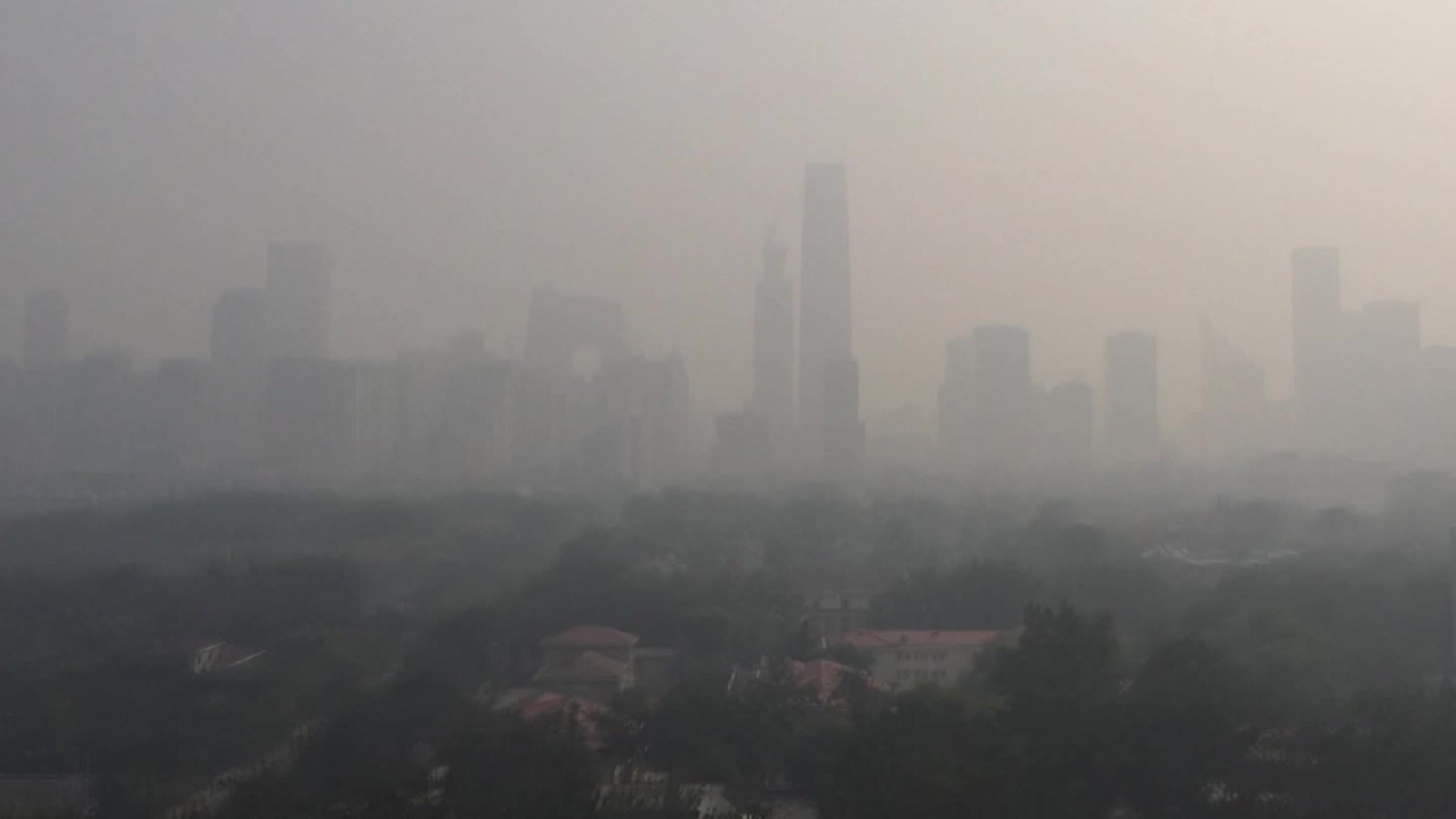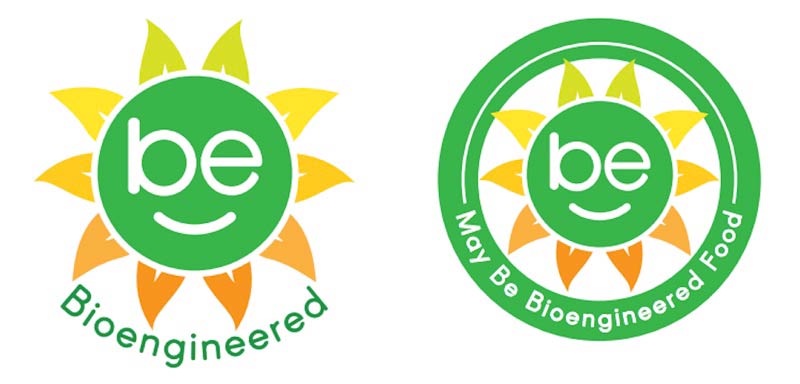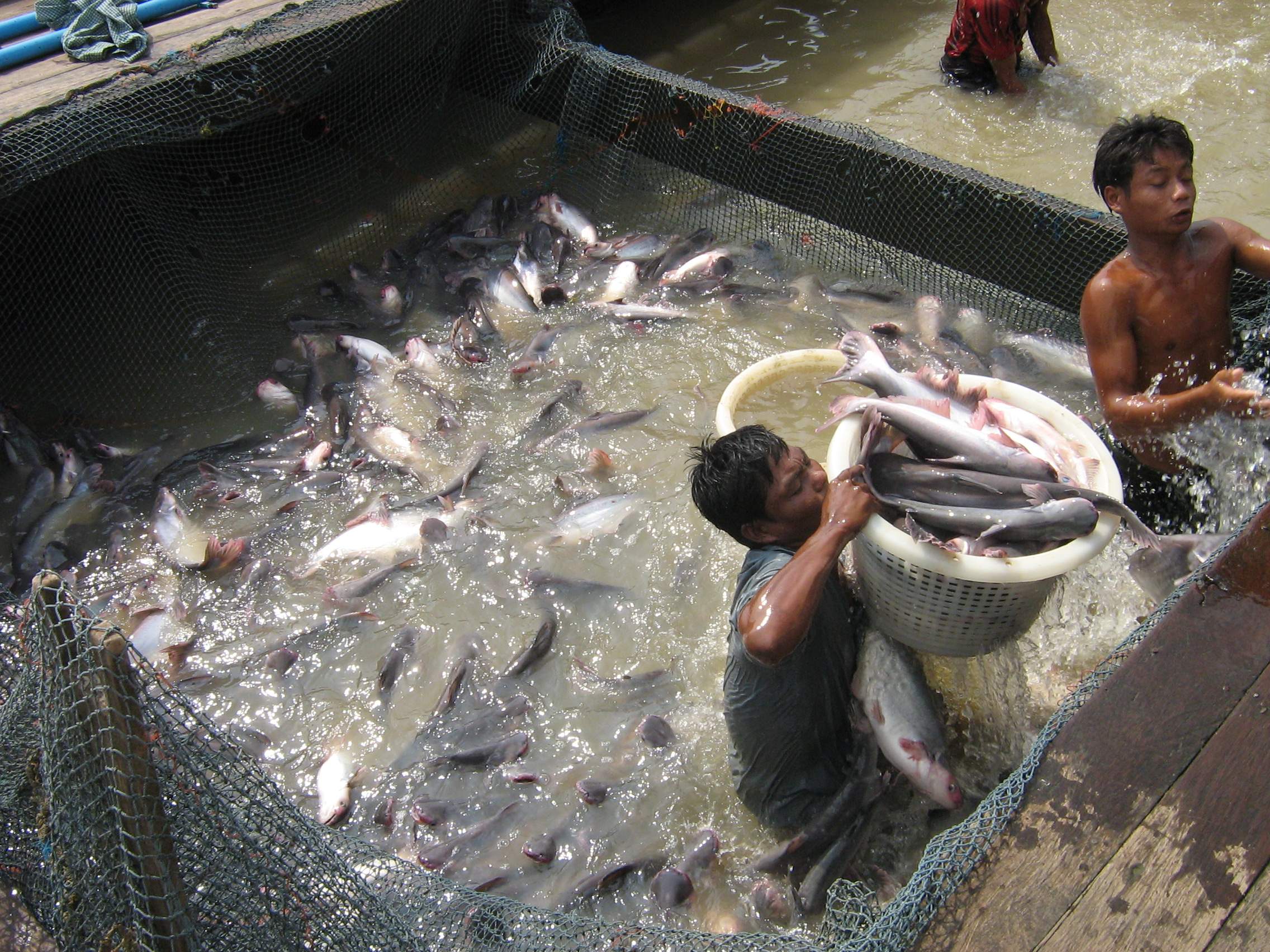(Dr. Mercola) Air pollution has been named the “largest environmental cause of disease and premature death in the world today” by a collaboration of more than 40 researchers looking at data from 130 countries.1 The problem is insidious and travels without respect for borders. Air pollution created in Asia affects people living on the California coast.
Fine particulate matter (PM 2.5) is the most studied type of air pollution and refers to dust, dirt, soot, smoke or other particles smaller than 2.5 micrometers in diameter. These particles of air pollution are so fine they may enter your system through your lung tissue and trigger chronic inflammation, which in turn increases your risk of health conditions.2
According to the World Health Organization (WHO), 92 percent of the world’s population is breathing polluted air3 and nearly 7 million deaths are attributed to air pollution each year.4 Overall, a toxic environment is responsible for at least 25 percent of all deaths reported worldwide, and air pollution is the greatest contributor.
The idea that air pollution is a source of toxic exposure often leading to ill-health should come as no surprise. In a previous study,5 American researchers found exposure to as little as one or two months of air pollution may be enough to increase your risk of diabetes, especially if you are already obese. In a recent global study,6 a new link has been made between air pollution and Type 2 diabetes.
Related: Holistic Guide to Healing the Endocrine System and Balancing Our Hormones
Air Pollution May Be Responsible for Damage Leading to Type 2 Diabetes
According to the American Diabetes Association,7 30.3 million Americans, or 9.4 percent of the population, had diabetes in 2015. Type 2 diabetes is the more common form of the condition, accounting for nearly 99 percent of cases8 and is the seventh leading cause of death in the U.S. In 2015, 4.1 million Americans over 18 were diagnosed with prediabetes, a condition in which blood glucose levels are higher than normal but not high enough for a diagnosis of diabetes.
Individuals with prediabetes have an increased risk for developing Type 2 diabetes, heart disease and stroke.9 Previous studies10,11,12,13 have looked at links between outdoor air pollution and the emergence of Type 2 diabetes, but the featured study is a first attempt to quantify the connection.
Researchers tracked 1.7 million U.S. Veterans14 for almost a decade in order to assess risk, using data from other global studies evaluating diabetes risk, along with air quality data from the U.S. Environmental Protection Agency (EPA) and NASA.
The researchers then created an equation to analyze the connection between exposure to air pollution and the risk of diabetes globally. The study, published by The Lancet Planetary Health, concluded that air pollution was responsible for 3.2 million newly diagnosed cases around the world in 2016 alone. Assistant professor of medicine at Washington University and author of the study, Dr. Ziyad Al-Aly, commented on the overall effects of breathing air pollutants, saying:15
“We tell people all the time, if you eat bad stuff, it affects your health. You are what you eat, you are what you drink and, really, you are what you breathe. What you breathe really, really affects your health.”
This was one of the largest and most unique studies of its kind. In all, 14 percent of newly diagnosed cases of Type 2 diabetes could be attributed to air pollution in 2016.16 The study also estimated 8.2 million years of healthy life were lost globally in 2016 due to air pollution-induced diabetes.
The pollutants tracked and examined in the study were PM 2.5, 30 times smaller than a human hair. The study makes a strong case that the current EPA limits on air pollution are set too high. The threshold on particulate matter deemed safe by the EPA is 12 ug/m3 (micrograms per cubic meter of air) and the study found the risk of diabetes started at 2.4 ug/m3.
During the study, 21 percent exposed to between 5 ug/m3 and 10 ug/m3 of particulate matter, developed diabetes. At the current “safe” level established by the EPA, 24 percent develop diabetes.
Related: What Causes Chronic Inflammation, and How To Stop It For Good
Rule Creates Loophole to Evade Improvements in Water and Air Quality
While this and other studies have demonstrated a significant detrimental effect on the health of U.S. citizens from air pollution, a rule proposed by the Trump Administration17 suggests all studies used by the EPA to determine water and air regulations must make their underlying data publicly available. Unfortunately, studies like the featured study and others are based on confidentially held health data. This greatly undermines the potential for regulations to improve air quality.
In the face of this and other data, the Trump administration18 is seeking to boost the nation’s manufacturing sector by creating industry-friendly air quality regulations, which environmentalists warn will damage the health of U.S. citizens.
In one directive, he proposed the EPA work with states whose metro areas are failing to obtain clean air standards, by helping them submit plans to show how the city will confront the problem — a review process that can take years. This represents a clear effort on the part of the administration to assist manufacturers, which the president made clear in his accompanying statement:19
“These actions are intended to ensure that EPA carries out its core missions of protecting the environment and improving air quality in accord with statutory requirements, while reducing unnecessary impediments to new manufacturing and business expansion essential for a growing economy.”
Pollution Contributes to Obesity
The journey started nearly 60 years ago when an environmental disaster in southwestern Pennsylvania forever changed the way America thought about industrial pollution.20 In 1948 the people of Donora, Pennsylvania, awoke to a thick blanket of smog that darkened the valley for five days before lifting when a storm swept through. By this time, one-third of the population had become ill, 20 people were dead and another 50 died in the following months.21
It was later learned cold air had trapped a mixture of carbon monoxide, sulfur dioxide and metal dust over the valley, recorded as the worst air pollution disaster in U.S. history. It was this disaster that prompted the federal government to begin regulating industrial pollution.
Previous studies have looked at respiratory conditions and cardiovascular disease associated with inhaling air pollutants but more recent studies have found compelling evidence suggesting air qualitycan also contribute to weight gain and obesity. In one study22 examining over 3,000 children in California, researchers found an association between traffic density and higher levels of body mass index (BMI) by the age of 18.
Recommended: Best Supplements To Kill Candida and Everything Else You Ever Wanted To Know About Fungal Infections
Another study23 analyzed BMI in children exposed to traffic-related air pollution over a five-year period, during which those exposed to the most pollution, compared to those exposed to the least, had a 14 percent larger increase in their BMI. Another from Harvard Medical School looked at whether adults living in areas with constant exposure to traffic were more likely to be overweight, and found more fat tissue in those who lived 60 meters (197 feet) from a busy road than those who lived 440 meters (1,443 feet) away.24
The relationship has also been found in animal studies. Chinese researchers25 compared two groups of pregnant rats, one raised in a filtered air-scrubbed room and the other breathing outdoor air from Beijing. The animals were fed the same diet, but those living in Beijing air were heavier at the end of their pregnancy as were their offspring. Autopsy findings found the rats exposed to pollutants had higher levels of inflammation, which may have contributed to weight gain and metabolic disruption.
An EPA study found mice exposed to ozone pollution developed glucose intolerance, a precursor to diabetes.26,27 In a study evaluating the physiological response in 314 overweight or obese children in Los Angeles, children who lived in neighborhoods with the highest concentration of nitrogen dioxide and particulates were found to have the greatest decline in insulin sensitivity.28
Multiple Molecules Make Up Air Pollution
Multiple types of molecules make up the fine particulate matter your body is able to absorb through lung tissue. Top pollutants include:
| Ammonia | Carbon monoxide |
| Fine particulates | Lead |
| Nitrogen oxides | Sulfur dioxide |
| Volatile organic compounds (VOCs) | Ozone |
While car emissions contribute one source of air pollutions, another significant source is released into the atmosphere from synthetic nitrogen-based fertilizers at rates higher than previously believed.29 California has some of the strictest car emission standards in the U.S., but is continued to be plagued by nitrogen oxide pollution.
Scientists have known soil microbes convert nitrogen-based fertilizers to nitrogen oxides and then release them into the air. However, it was assumed the amount of gas would increase linearly, or at 1 percent of the amount of fertilizer used. These predictions turned out to be conservative,30 as emissions were measured at up to 5 percent of the fertilizer used, explaining some of the increased rates of nitrogen oxides emitted in large agricultural areas.
Unfortunately, when nitrogen oxides and VOCs combine on a sunny day, it increases the amount of ozone at ground level. VOCs are emitted by cars, power plants, refineries and chemical plants. Ozone in the upper atmosphere, called stratospheric ozone, provides a protective shield against the ultraviolet rays of the sun.31 This beneficial ozone has been partially destroyed by man-made chemicals.
However, ground level ozone, tropospheric ozone, is not admitted directly into the air but created through a chemical reaction and is a harmful pollutant. This bad ozone is the main ingredient in smog and has a higher likelihood of reaching unhealthy levels on hot sunny days, as sunlight triggers the chemical reaction between nitrogen oxides and VOCs.32 “Nitrogen oxides” is a catch-all term used to designate nitrogen oxide and nitrogen dioxide, both of which react with oxygen and sunlight to produce ozone in the lower atmosphere.
Nanoparticles Responsible for Vascular Damage
In a study published in Environmental Pollution,33 researchers found silica nanoparticles have the ability to trigger mitochondrial dysfunction in endothelial cells by entering the mitochondria, causing swelling and increasing the intracellular level of reactive oxygen species. This eventually results in the collapse of the mitochondrial membrane and impairment in ATP synthesis.34
Silica nanoparticles were found to trigger endothelial toxicity using mitochondria as the target, which may in part explain some of the cardiovascular dysfunction triggered by PM 2.5 air pollution. Silica nanoparticles are used35 as an additive in rubber and plastics, to strengthen concrete and as a platform for biomedical applications, such as drug delivery. In other words, drugs bound to silica nanoparticles may create endothelial damage as you take prescribed medications.
However, nano-particulate damage is not new information.36 A study published by the American Chemical Society found evidence of how particles inhaled may affect your blood vessels and heart muscle.37 Air pollution has shortened the lives of nearly 40,000 people in the U.K.,38 which is often attributed to the part it plays in worsening or triggering heart and lung disease. Using humans and several mouse models, the researchers studied the effect of inhaled gold nanoparticles.
Within 24 hours after inhalation, particles were detected in the blood and urine of the participants and appeared to have an affinity for accumulating in damaged or inflamed areas of the vascular system,39suggesting nanoparticles have the ability to access the bloodstream from your lungs and reach susceptible areas of your cardiovascular system.
In some participants, the nanoparticles were still detectable in the urine three months after testing, leading researchers to theorize air pollutant nanoparticles may have the potential to make a similar journey in your body.
Researchers then asked participants scheduled for removal of damaged blood vessels to inhale gold nanoparticles.40 Following surgery the researchers analyzed the plaques and found an accumulation of nanoparticles from the prior 24 hours. Although some criticized the design of the study, it is clear air pollution damages heart and lung tissue. Coauthor of the study, Dr. Nicholas Mills, commented on the results saying:41
“We have always suspected that nanoparticles in the air that we breathe in could escape from the lungs and enter the body, but until now there was no proof. These findings are of wide importance for human health, and we must now focus our attention on reducing emissions and exposure to airborne nanoparticles.”
Mind Your Indoor Air Quality as Well
Your risk of breathing polluted air does not end when you go indoors. Indoor air pollution is also associated with a remarkable number of conditions, including worsening asthma, poor sleep, high blood pressure and reduced cognitive function. Primary sources are the materials used to construct your home and everything in it, including your furniture, as well as chemical products you bring into the home for cleaning or DIY projects.
Modern buildings are also airtight for energy efficiency purposes, and need to be properly ventilated to prevent the buildup of indoor pollution. One way to reduce your exposure to damaging outdoor air pollution is to keep your indoor air as clean as possible and stay indoors when pollution levels are high. For a list of strategies you may consider to improve your indoor air quality and protect your health see my previous article, “Reduce Indoor Air Pollution.”





